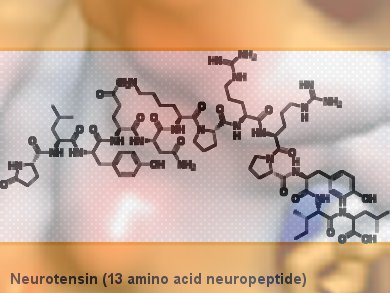Neurotensin is a small peptide which modulates neuronal, digestive and cardiovascular functions upon binding to its G-protein coupled receptor, NTSR1 (neurotensin receptor 1). Despite the biological importance of this molecule, its activity cannot be therapeutically modulated as the structural interactions with its receptor are unknown.
Jim F. White, National Institute of Neurological Disorders and Stroke, Rockville, USA, and colleagues shed light into this issue. Using a novel approach, the researchers determined the crystal structure of NTSR1 when bound to its agonist. The scientists demonstrated that, as contrary to other peptides activating G-protein coupled receptors, neurotensin establishes with NTSR1 neither hydrogen bonds nor electrostatic interactions. Instead, it forms hydrophobic contacts within a cavity situated near to the receptor surface. Thus, neurotensin interacts with its receptor with a unique binding mode which might facilitate the design of agonist-based drugs.
- Structure of the agonist-bound neurotensin receptor,
J. F. White, N. Noinaj, Y. Shibata, J. Love, B. Kloss, F. Xu, J. Gvozdenovic-Jeremic, P. Shah, J. Shiloach, C. G. Tate, R. Grisshammer,
Nature 2012, 490 (7421), 508-513.
DOI: 10.1038/nature11558



